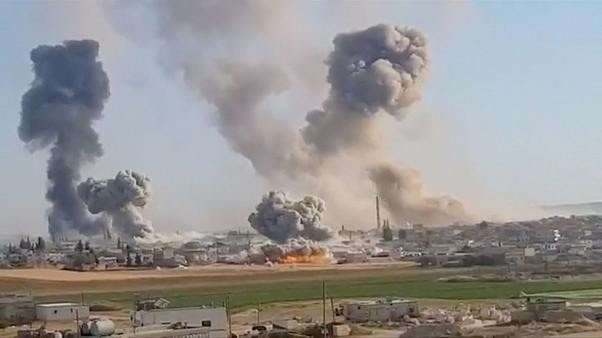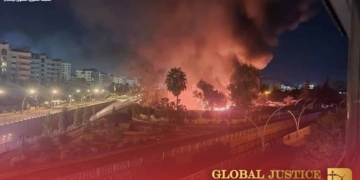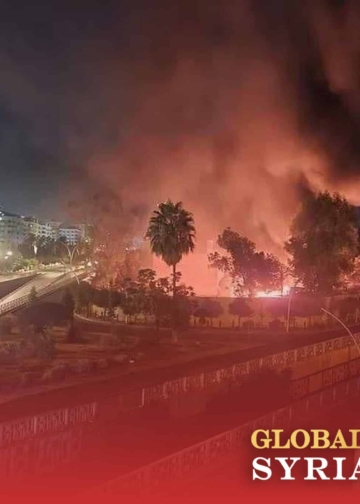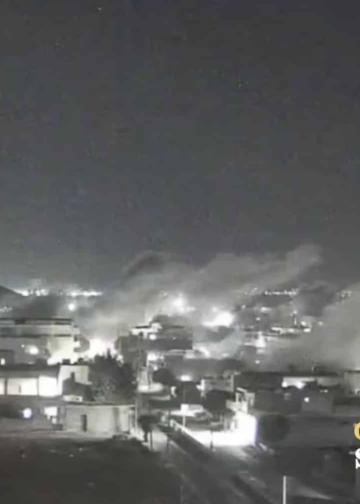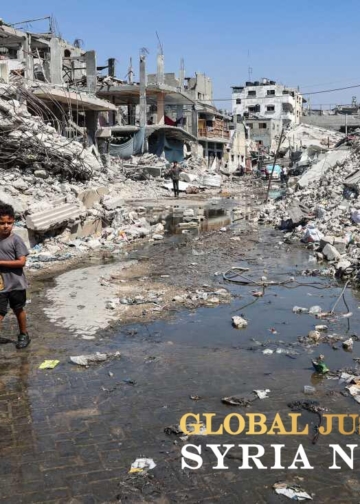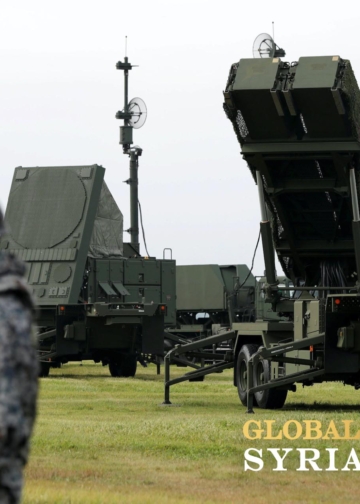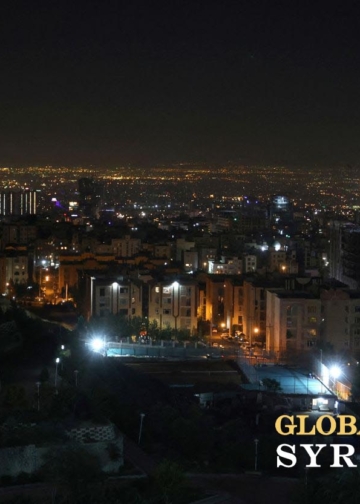The Syrian Network for Human Rights confirmed that the Syrian regime bombed the earthquake-affected areas 119 times, 29 of which were away from the contact lines, killing 5 civilians, injuring 42 and damaging 7 vital centres.
The network said that the northwest region of Syria, hit by the earthquake on February 6, 2023, covered the vast majority of the displaced, with an estimated 3.2 million displaced people, of whom 75% were women and children displaced to flee. Violations of the Syrian regime and its Iranian and Russian allies.
Since 2011, less than 2% have returned to areas only miles from their tents for fear of being violated by the Syrian regime. The reason why it takes so long is because of the violations in the regions where they live and the declining level of international support provided to them.
In the report, Syria insisted that UN aid should go through because the Syrian Network for Human Rights had documented hundreds of deliberate attacks on civilians and vital facilities in the areas where they were displaced, and that the Syrian regime had cut off all essential services such as water and electricity, controlling the State. Despite its long black history, it contributed to the increase in the number of Syrians who lost their lives due to the earthquake in northwest Syria to 4,191.
The report noted that ground bombardments by Syrian regime forces and their allies in northwest Syria continued for nine weeks after the earthquake, from February 6 to April 10, 2023, with some targeting areas close to camps where displaced people live. The earthquake caused them to lose extra time by residing and shelling.
The report documented at least 132 ground attacks by Syrian regime forces during this period, 29 attacks on areas far from the contact lines, killing 5 civilians, including a child, and wounding at least 42 civilians in addition to 7 civilians. Incidents of attacks At vital civic centres, including a school, a health centre, a mosque and two markets.



